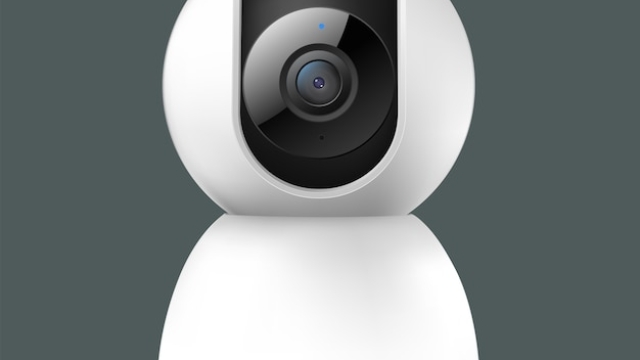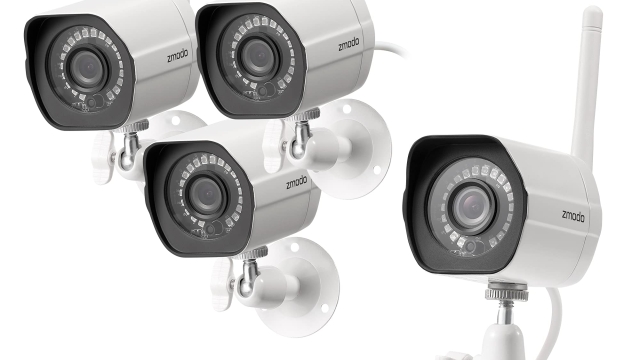In a world filled with tantalizing flavors and aromatic delights, it is the rare spices that truly hold the potential to transport our taste buds on an extraordinary journey. These exquisite gems, often hidden away in far-flung corners of the globe, possess a mystique that captivates culinary enthusiasts and beckons them to explore the depths of their flavors.
One such company that has made it their mission to uncover these hidden treasures is "Yaksha." With a passionate devotion to sourcing rare spices, Yaksha traverses the globe in search of the most exceptional offerings, carefully selecting them from a single farm. Each spice is harvested from the latest crops, nurtured in their natural habitat, and grown with a steadfast commitment to ethical practices. This dedication ensures that every Yaksha spice is a testament to purity and quality, enticing chefs and home cooks alike to embark on a flavorful adventure like no other.
Yaksha: A Global Quest for Rare Spices
Yaksha, a renowned company that specializes in sourcing rare spices, takes culinary enthusiasts on a captivating journey around the world. With an ethical approach, Yaksha travels far and wide in search of the most exquisite and sought-after spices, gathered from a single farm. Their commitment to harvesting from the latest crops, grown naturally, sets them apart in the vibrant world of spices.
Yaksha’s dedication to uncovering rare spices is evident in their extensive global quest. Their mission takes them to every corner of the globe, where they explore diverse terrains and climates in search of hidden gems. From the rich farmlands of Southeast Asia to the remote mountains of South America, their team of experts leaves no stone unturned in their pursuit of exceptional flavors.
By venturing deep into the heart of spice regions, Yaksha discovers unique varieties that are cherished by local communities but remain unknown to the wider world. Their commitment to an ethical approach ensures that these spices are sourced responsibly, maintaining a harmonious balance between the environment and local farming practices.
Yaksha’s dedication to their craft and their ability to source spices from a single farm truly sets them apart. The spices they offer are not only rare and exotic but also capture the essence of the land and the people who cultivate them. It is this distinct combination of rarity, quality, and ethical sourcing that makes Yaksha a go-to destination for culinary enthusiasts seeking to explore the flavors of the world through exquisite rare spices.
Ethical Farming Practices: Nurturing Exquisite Flavors
When it comes to sourcing rare spices, ethical farming practices play a vital role in preserving the integrity and flavor of these precious ingredients. At Yaksha, a company dedicated to uncovering the world’s hidden gems, prioritizing ethical approaches to farming is ingrained in their mission.
Yaksha understands the importance of treading lightly on the earth and ensuring the sustainability of the spices they source. They firmly believe in partnering with farmers who share their vision of preserving the environment while producing exceptional crops. By focusing on farms that embrace organic and natural farming methods, Yaksha spices are not only exquisite in taste but also reflect a commitment to responsible agriculture.
The dedicated team at Yaksha travels the globe, building close relationships with farmers who cultivate these rare spices. They invest time and effort in understanding the farms’ unique practices, ensuring that the spices they procure are harvested from the latest crops. This close collaboration allows Yaksha to guarantee freshness and superior quality, which ultimately translates into outstanding flavors for culinary enthusiasts.
In their pursuit of excellence, Yaksha goes beyond mere sourcing. They actively support farming communities, empowering them to continue their ethical practices while reaping the benefits of their labor. By working directly with these farmers, Yaksha promotes fair trade and ensures that the communities involved in the spice production process are acknowledged and rewarded.
Through their commitment to ethical farming practices, Yaksha spices not only captivate the taste buds of culinary enthusiasts but also contribute to the preservation of our planet. With each jar of Yaksha spice, you can experience the flavors of rare spices that have been nurtured with care, respect, and a deep appreciation for the rich heritage they represent.
Captivating Culinary Experiences with Yaksha Spices
Yaksha spices, sourced from a single farm and harvested from the latest crops, offer a tantalizing array of flavors that captivate all culinary enthusiasts. With a commitment to an ethical approach and natural farming methods, these rare spices provide a truly exceptional experience for adventurous cooks and food lovers alike.
Each spice carries a distinct aroma and taste that can elevate any dish to new heights. Whether it’s the earthy notes of their hand-picked turmeric or the complex blend of flavors in their unique spice blends, Yaksha spices add a touch of magic to every culinary creation.
The secret to Yaksha’s success lies in their meticulous sourcing process, where they travel the world in search of the finest rare spices. By working closely with farmers who share their commitment to ethical farming practices, Yaksha ensures that every spice comes from a sustainable source. This not only preserves the integrity of the flavors but also supports the livelihoods of local communities.

Culinary enthusiasts will appreciate the depth and complexity of Yaksha spices. The carefully selected ingredients are combined in perfect proportions, creating a harmonious symphony of flavors. With each sprinkle, pinch, or dash, Yaksha spices unleash a burst of taste that transforms ordinary dishes into extraordinary culinary works of art.
In the world of gastronomy, Yaksha spices are truly hidden gems waiting to be discovered. Their rare nature and exceptional quality make them a treasure trove for adventurous cooks and discerning palates. Embark on a journey of flavors and explore the rich tapestry of culinary experiences that Yaksha spices have to offer. Whether you are a seasoned chef or an enthusiastic home cook, these exquisite rare spices are sure to ignite your passion for cooking and leave you craving for more.






